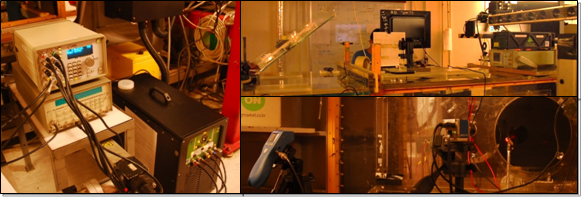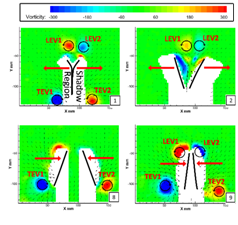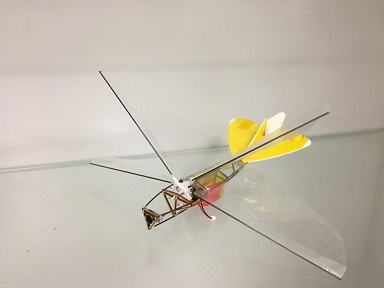Micro Aerial Vehicle (MAV)
The development of micro aerial vehicles (MAVs) has become increasingly important over the last decade in the aeronautical engineering community. MAV potentially has a variety of civilian uses from searching high-rise buildings on fire, collapsed mine shafts, to probing damaged nuclear power plants for radiation leaks. This project is thus to design, analyze, and build an agile palm-sized bio-inspired flapping MAV, using the precision machining methods, such as Rapid Prototyping 3D printing, Electrical Discharge Machining and Laser Micromachining techniques.
Experimental research has been carried out, to understand the aerodynamic characteristic of the current MAV design; in order to relate the flow pattern especially the vortices topology to the force generation, Particle Image Velocimetry (PIV) system has been established as well as the force measurement by the load cell.

Figure 1. PIV system for MAV flow visualization


Figure 2. Force generation during one clap-fling cycle (left); vortices topology of clap-fling motion (right). Black and red curves indicate the cross-section and moving dircrtion of the wings, respectively.

Figure 3. Flow topology behind the MAV.

Figure 4. MAV with camera.